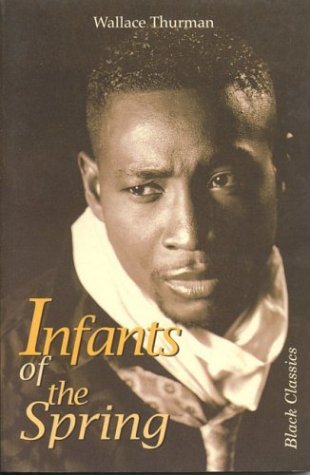What do you think?
Rate this book


240 pages, Paperback
First published January 1, 1932
"Do you know, Steve, that I'm sick of both whites and blacks? I'm sick of discussing the Negro problem, of having it thrust at me from every conversational nook and cranny. I'm sick of whites who think I can't talk about anything else, and of Negroes who think I shouldn't talk about anything else. I refuse to wail and lament. My problem is a personal one, although I most certainly do not blind myself to what it means to be a Negro. I get it from all sides. I get it from the majority of whites who invade Harlem and who bend over backwards making themselves agreeable. I get it from whites downtown with whom I do business, and who for the most part are unconsciously patronizing. But I have a sense of humor. That's all that saves me from becoming like most of the Negroes I know. Things amuse me."Like the artists' commune depicted in Sherill Tippins' 'February House' (2016), 'IOTS' overflows with 'dorm-life' boisterousness. A bunch of creative types attempt (and struggle with) the bumpy camaraderie of unconventional kindred souls. All is (mostly) fizzy until all fizzles out.